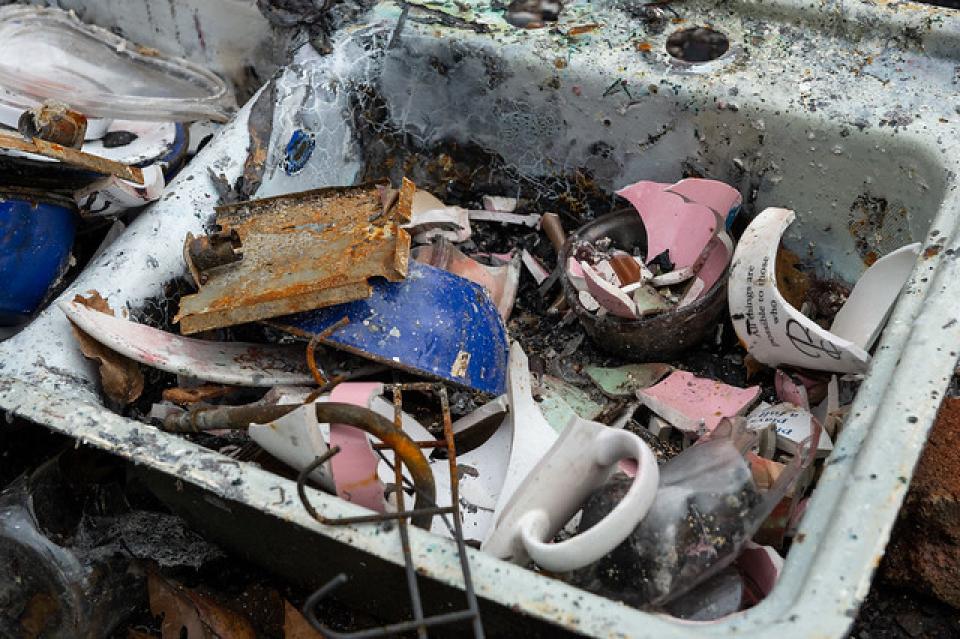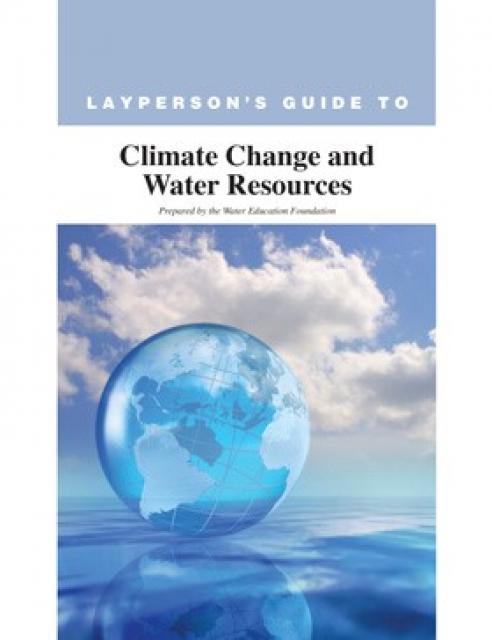As Wildfires Grow More Intense, California Water Managers Are Learning To Rewrite Their Emergency Playbook
WESTERN WATER IN-DEPTH: Agencies share lessons learned as they recover from fires that destroyed facilities, contaminated supplies and devastated their customers
By Gary Pitzer and Douglas E. Beeman
It’s been a year since two devastating wildfires on opposite ends of California underscored the harsh new realities facing water districts and cities serving communities in or adjacent to the state’s fire-prone wildlands. Fire doesn’t just level homes, it can contaminate water, scorch watersheds, damage delivery systems and upend an agency’s finances.
The lessons gained from those 2018 wildfires that swept through Paradise, in Northern California, and along the Los Angeles-Ventura County border in Southern California are still being absorbed by water managers around California as they recognize that the old emergency preparedness plans of yesterday may not be adequate for the new wildfire reality of today.
“This issue is the most dynamic and the most challenging one facing water agencies today,” Dave Pedersen, general manager of the Las Virgenes Municipal Water District in Southern California, told the audience at the Water Education Foundation’s Oct. 30 Water Summit in Sacramento.
The Camp Fire became the deadliest and most destructive fire in California history, starting early on Nov. 8, 2018 and tearing through the northern Sierra foothills town of Paradise east of Chico. All told, 85 people died and more than 18,000 structures were destroyed, including about 90 percent of the homes and businesses served by the Paradise Irrigation District, where water meters and service pipelines melted. With so much of its customer base lost, the district is now having to reimagine its business in order to survive.
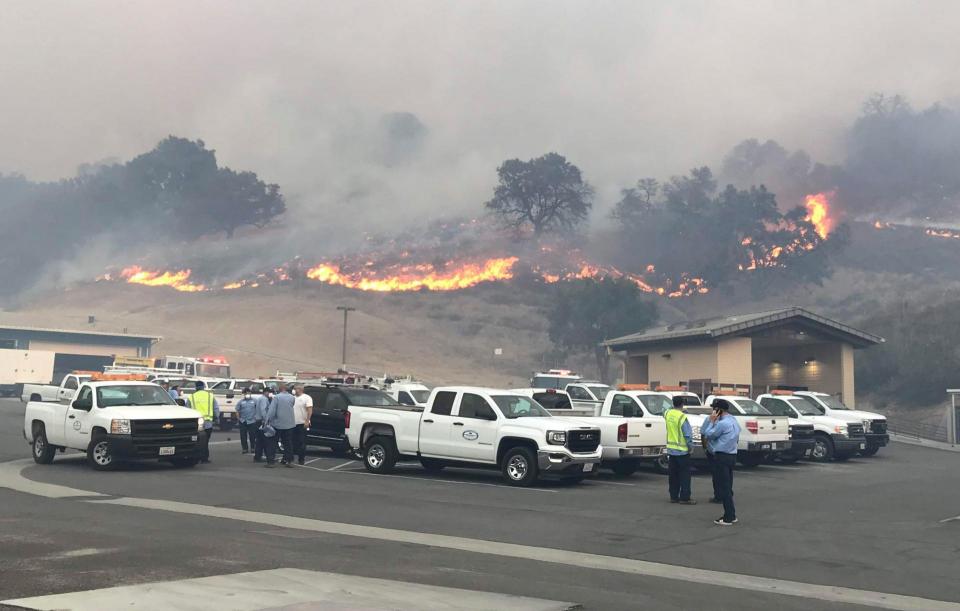 That same November day, a small blaze
that swiftly grew into the massive Woolsey
Fire quickly swept through coastal mountains in northwestern
Los Angeles County, including much of the service area of Las
Virgenes Municipal Water District. Service mains ruptured as
district staff pushed water through them to supply firefighters
battling the fire. Electricity needed to power district
facilities was cut.
That same November day, a small blaze
that swiftly grew into the massive Woolsey
Fire quickly swept through coastal mountains in northwestern
Los Angeles County, including much of the service area of Las
Virgenes Municipal Water District. Service mains ruptured as
district staff pushed water through them to supply firefighters
battling the fire. Electricity needed to power district
facilities was cut.
“We lost power to everything,” Pedersen said in an interview. “That was a big eye-opener. To lose power to all of our facilities was pretty unprecedented and something we had not previously prepared for.”
Water managers around California are getting many eye-openers these days as wildfires become larger, more frequent and more destructive. A study published in July of this year by a team of scientists led by Columbia University’s Lamont-Doherty Earth Observatory found that from 1972-2018, California experienced a fivefold increase in annual wildfire-burned area, an increase it said was likely from increased aridity caused by a warming climate. According to Cal Fire, the state’s primary wildland fire agency, 2018 was the worst fire season on record. The devastation returned this fall when wind-stoked fires ignited in October in both Southern and Northern California, including the Kincade Fire that destroyed 374 structures in Sonoma County.
Melted Meters and Spilled Water
The destructive power of wildfires is magnified by the wildland-urban interface, the zone where natural areas and development meet.
Furious winds can scatter embers into dry brush and stoke flames that can sprint through neighborhoods in mere minutes. Fires can cut power needed to run the pumps that keep water flowing to hydrants and fire hoses. It melts meters and pipes, bleeding water systems of pressure and leaching toxic chemicals into the supply.
Fire can move with such speed that water managers must move swiftly to keep their systems operating and their staff safe. Severed water service connections can spill about 30 gallons of water each minute. The cumulative effect is problematic.
“If you have one or two of those, it’s not such a big deal, but with 150 of those you very quickly drain your system,” said Pedersen.
Even after the last smoldering embers have been extinguished, fire-scarred hillsides can become unmoored in a downpour, sending mud and debris smashing through water mains.
After the Thomas Fire swept through Ventura and Santa Barbara counties in December 2017, a January storm that dumped a half-inch of rain in five minutes unleashed a torrent of mud and rocks that smothered homes and destroyed water supply lines.
“We had breaks in eight locations and distribution breaks at basically every bridge,” said Adam Kanold, engineering manager with the Montecito Water District in Santa Barbara County. Ultimately, 30 fire hydrants had to be replaced.
“This issue is the most dynamic and the most challenging one facing water agencies today.”
~Dave Pedersen, general manager, Las Virgenes Municipal Water District
Wildfires also can pour ash and debris into water supply reservoirs even after they’ve been extinguished. Ash settles on lakes and reservoirs used for drinking water and debris washes in during the rainy season. Federal and local agencies this year in Placer County launched a $14 million effort to thin vegetation to prevent a repeat of what happened in 2014, when ash and debris from the King Fire hampered the water quality of the French Meadows and Hell Hole reservoirs in the Sierra Nevada northeast of Auburn.
The advent of public safety power shutoffs has added a new wrinkle to the risk factor. Implemented by utilities in Northern and Southern California to prevent high winds from sparking fires from downed utility lines and poles, power shutoffs can impact water agencies. In October, East Bay Municipal Utility District announced that more than 140 of its facilities — including water treatment plants, pumping plants and local water storage tanks – would be affected by a power shutoff. The district asked customers in affected pressure zones to minimize indoor water use and halt outdoor use altogether.
Public safety power shutoffs have come under extreme criticism, but power utilities say they are necessary to prevent catastrophic wildfire.
“We recognize that this was a hardship for many of our customers across Northern and Central California,” PG&E President Bill Johnson wrote in an Oct. 18 letter to Gov. Gavin Newsom, “but we made this decision for one reason only: to keep our customers and communities safe.”
Struggling to Keep Water in the System
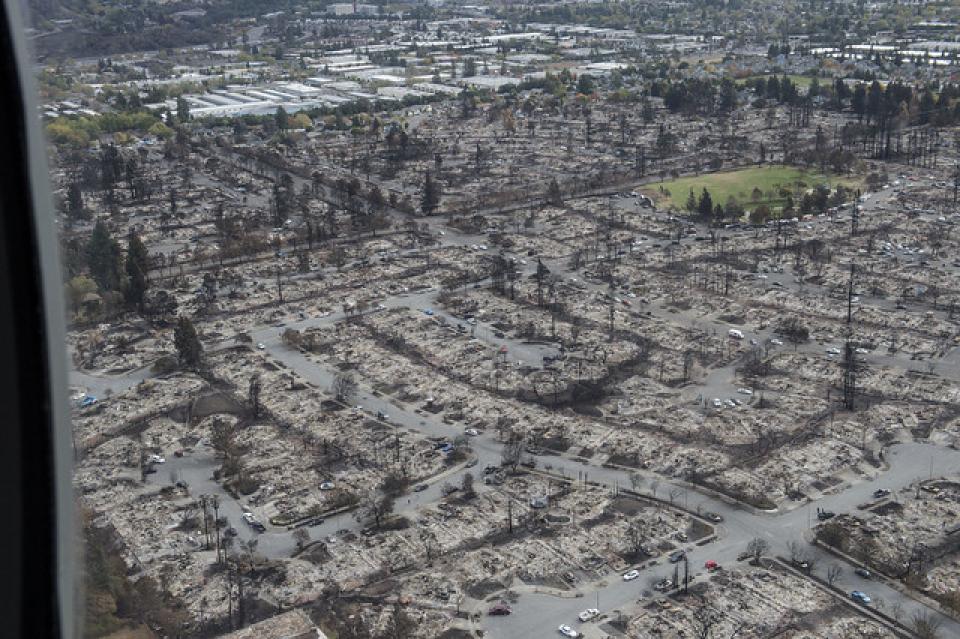 For water agencies, the new paradigm
of destructive wildfires has changed the emergency response
playbook. In Santa Rosa, where the 2017 Tubbs Fire swooped down
across 12 miles of terrain in three hours to level whole
neighborhoods, the city’s Director of Water Resources
Jennifer Burke said none of their emergency planning had
anticipated a fire so devastating.
For water agencies, the new paradigm
of destructive wildfires has changed the emergency response
playbook. In Santa Rosa, where the 2017 Tubbs Fire swooped down
across 12 miles of terrain in three hours to level whole
neighborhoods, the city’s Director of Water Resources
Jennifer Burke said none of their emergency planning had
anticipated a fire so devastating.
“We had a lot of plans in place, but our major preparation was always for earthquake,” Burke said.
The Tubbs Fire broke out the evening of Oct. 9, 2017. By the time it was out, the fire had burned more than 36,000 acres and claimed 22 lives. About 1,500 of the 2,821 homes lost in the Tubbs Fire in and near Santa Rosa were in the wildland-urban zone, the city said.
Burke said among the challenges the city faced during the fire was keeping water in its system. “When you have 3,100 structures destroyed and a significant number of open water lines and 12-inch fire lines, that led our system to bleed out. We continued to pump water into the system, but it was coming out just as quickly.”
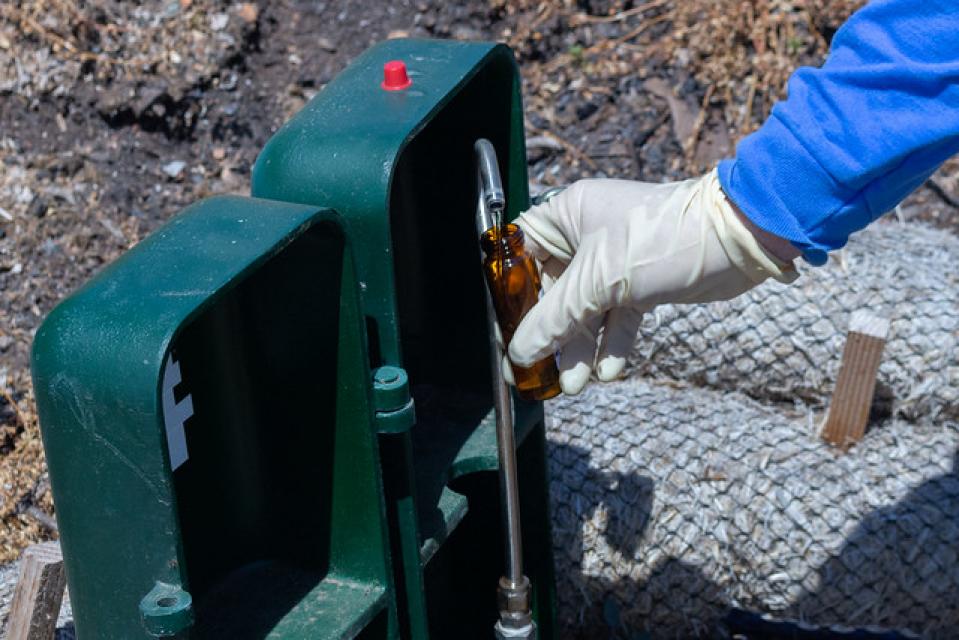 With the surge in demand and as
plastic water pipes on private properties melted, contaminants
were sucked into the water system. Within a month, the city
started receiving taste and odor complaints. Santa Rosa began
testing its water for contaminants, but Burke said it took city
officials a year to understand the extent of the problem.
With the surge in demand and as
plastic water pipes on private properties melted, contaminants
were sucked into the water system. Within a month, the city
started receiving taste and odor complaints. Santa Rosa began
testing its water for contaminants, but Burke said it took city
officials a year to understand the extent of the problem.
She said the city learned that following a major fire, it’s important to immediately flush the water lines to clear out any contaminants. Burke added that any agency dealing with fire in urban areas should quickly take “first-draw samples” of water to test whether any volatile organic contaminants have leached into the system.
Santa Rosa lost about 5 percent of its base of 175,000 water customers due to property loss in the fire, Burke said. The city has backfilled that revenue through undesignated reserves while it waits for the neighborhoods to rebuild.
Paradise Lost
The Camp Fire attacked Paradise with a fury, moving so fast it essentially bypassed trees, focusing its energy on cars and buildings.
“The fire ate the town within six hours,” said Kevin Phillips, general manager of the Paradise Irrigation District. With water spraying from connections at burned structures, the district had to shut off its system to keep from bleeding itself dry.
“We had a lot of plans in place, but our major preparation was always for earthquake.”
~Jennifer Burke, Santa Rosa Director of Water Resources
The district’s above-ground infrastructure survived the fire relatively unscathed. Its office remained standing and its storage tanks and treatment plant emerged intact. Its reservoir east of town was unaffected. However, the district lost 90 percent of its 10,500 connections to homes and businesses to the fire. Thirty of the district’s 36 employees lost their homes. Customers whose structures survived were unable to use their water because of contamination from benzene, a known carcinogen. Contamination from the fire’s residue left the district with a massive clean-and-clear project.
Getting back up and running meant taking a conservative approach based on protecting the health and safety of the district’s customers. Once water was returned to the system, the district let it sit there for 72 hours and then flushed the system to try to clear contaminants. Then it began testing water throughout the distribution system. By early October, 453 of the standing structures tested by Paradise Irrigation District received letters of potability, said Phillips, noting that about 50 structures are evaluated for contamination each week. Meanwhile, new homes are rising from the ashes. Rather than testing their water, the district is providing those homes with new water lines known as laterals.
“What we found is that more than 50 percent of the service laterals that served burned structures have some sort of contamination from the fire,” Phillips said. “Not only is it more efficient to not test them, it gives the customer confidence that when they come back and build a brand-new home, they are going to have as good or better water than they had before the fire.”
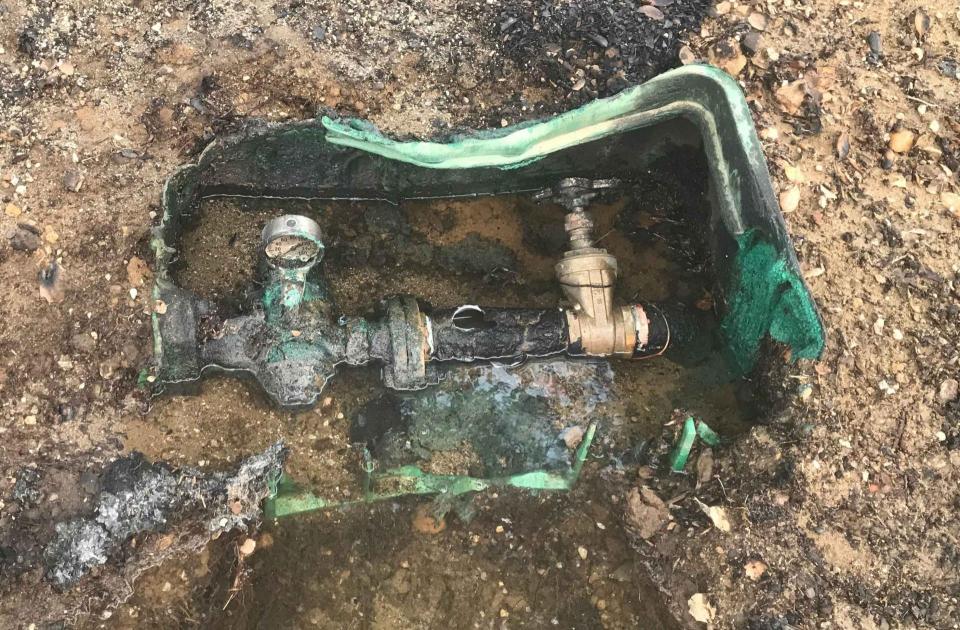 The effort is not cheap, and Paradise
Irrigation District is “leaning on everybody,” including FEMA,
which is helping to cover the $40 million to $90 million cost of
replacing the town’s service laterals, Phillips said.
The effort is not cheap, and Paradise
Irrigation District is “leaning on everybody,” including FEMA,
which is helping to cover the $40 million to $90 million cost of
replacing the town’s service laterals, Phillips said.
Having lost most of its customer base, Paradise Irrigation District is now trying to write a new business plan to sustain itself over the next several years as the town rebuilds. Looking to make use of its existing and now underutilized water supply, the district is studying a potential regional intertie that could send water to Chico, providing a revenue stream to sustain the district while the community gradually gets back on its feet. Butte County supervisors on Nov. 5 balked at picking up part of the feasibility study’s costs, but Phillips said the district isn’t giving up on the idea.
Avoiding Empty Fire Hydrants
Beginning in the Santa Susana Mountains above Simi Valley on the afternoon of Nov. 8, 2018, the Woolsey Fire started slow but then moved fast, jumping the 101 Freeway early the next morning. The Las Virgenes water district activated its emergency operations center at its headquarters very quickly, even before the fire entered its service area, Pedersen said.
After that, it was “a waiting game,” he said. Water tanks were filled, pumps turned on and the call went out for emergency generators as backup in case the power went out – which it did. Pedersen and others stayed on-site and sheltered in place as fire swept around them rather than open a remote emergency operations center, a decision that in retrospect he would have made differently.
“Our office did not burn down, but it was a little scary to have fire all around and to have smoke coming into the building,” Pedersen said.
Las Virgenes deployed portable generators to power pumps needed to make sure water was available to knock down flames. “My goal in the fire was to make sure there was not a firefighter standing next to an empty fire hydrant at all costs,” Pedersen said. “I wanted to make sure they had what they needed.”
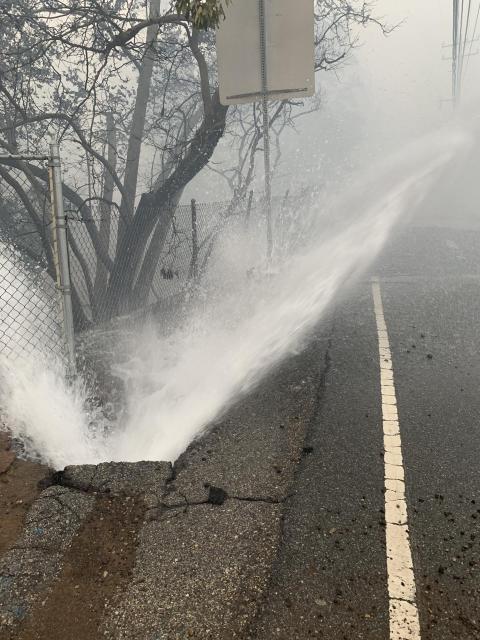 Las Virgenes learned that pushing
large amounts of water though its system to fight fire inevitably
caused breaks at weak points in the system. The answer, Pedersen
said, was to isolate the break quickly and move water around it.
While breakages were expected, it was surprising how soon they
occurred.
Las Virgenes learned that pushing
large amounts of water though its system to fight fire inevitably
caused breaks at weak points in the system. The answer, Pedersen
said, was to isolate the break quickly and move water around it.
While breakages were expected, it was surprising how soon they
occurred.
Pedersen’s plight was complicated by another fire to the west that required adequate water pressure for the neighboring Calleguas Municipal Water District in southern Ventura County. Eventually, the Metropolitan Water District of Southern California, whose regional line supplies Las Virgenes and Calleguas, took extraordinary moves to get Las Virgenes the water it needed.
Situated as it is in the heart of a fire-prone area, the district has long understood that wildfire is inevitable. What was unprecedented with the Woolsey Fire, Pedersen said, was its speed and intensity.
“We have fires here,” Pedersen told Water Summit attendees, “but we never saw anything like Woolsey.”
While the fire claimed 350 homes within the district — less than 2 percent of Las Virgenes’ roughly 20,000 customers — it caused $6 million to $7 million in damage to district facilities. Pedersen said the district has been able to absorb the impact through its reserves.
‘Activate early, apologize later’
The experience of Paradise, Las Virgenes and Santa Rosa offers other water agencies some vivid lessons on how to prepare for and respond to a wildfire of unimaginable severity.
“To try to plan for something like this is really, really difficult,” Phillips told the audience at the Foundation’s Water Summit. He said the Paradise district did a tabletop wildfire planning exercise one month before the Camp Fire broke out. But they never imagined a wildfire that would be as devastating or one that would come at the town from two different directions.
After spending the better part of the year emerging from the ashes, Phillips’ advice for others is to be ready.
“Prepare for the worst,” he said, “even if it’s an exercise that you think will never happen.”
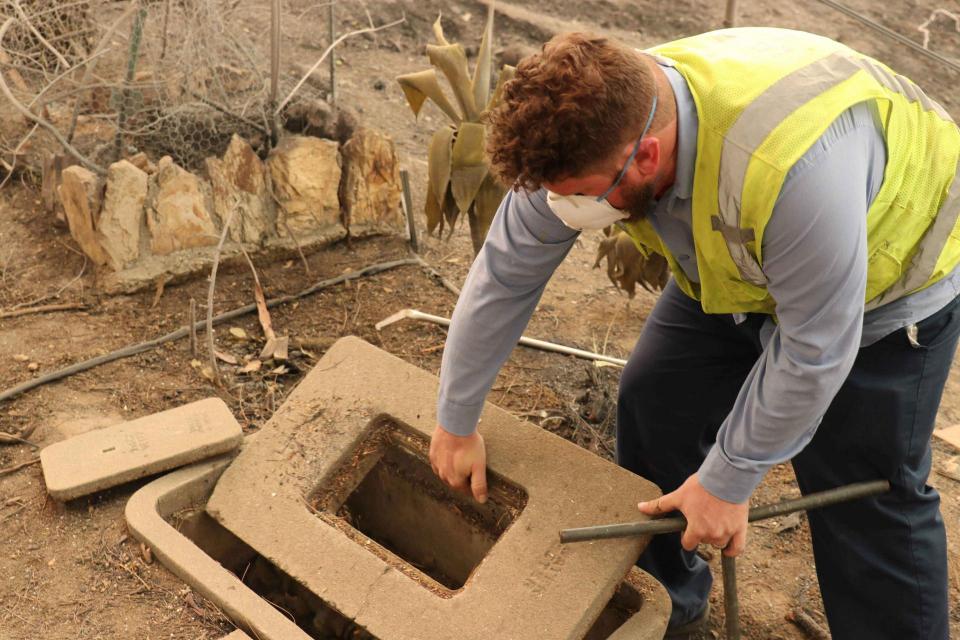 Yet even the best laid plans go awry.
Adaptation is critical. “Chaos is normal, but you’ve got to try
and manage it the best you can,” said Pedersen. He said water
agency personnel are first responders, too, moving behind
firefighters and shutting off residential water service to
maintain pressure in the system even before the flames are
completely extinguished.
Yet even the best laid plans go awry.
Adaptation is critical. “Chaos is normal, but you’ve got to try
and manage it the best you can,” said Pedersen. He said water
agency personnel are first responders, too, moving behind
firefighters and shutting off residential water service to
maintain pressure in the system even before the flames are
completely extinguished.
Phillips said agencies across California should practice putting together a FEMA claim to learn how it’s done and what the federal agency will approve. Just as important is reviewing insurance policies to ensure adequate coverage exists.
“Look at the system from a natural disaster perspective and say, ‘What will break and what will be an item that will either be covered or not covered and are we OK with that?’” he said.
Business interruption insurance, which the Paradise district could have used more of, “is one gap that FEMA doesn’t cover,” Phillips said.
Pedersen said his district has looked back at its response to the Woolsey Fire and recognized some things it did not do well besides failing to evacuate to a remote emergency operations center. Staff working in haste sometimes brushed aside worker safety rules, which later drew notice from Cal/OSHA. The district failed to update some of its pump station equipment to be compatible with newer emergency power connections, necessitating on-the-fly rewiring to connect equipment. And the district should have done more to load test emergency generators, which required repairs during the fire.
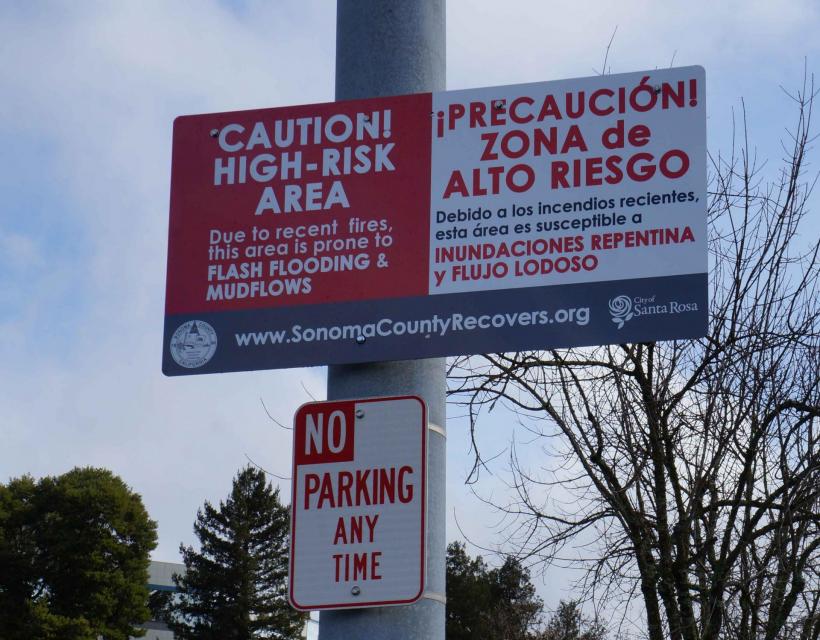 Given the advent now of public
safety power shutoffs, Pedersen said, ensuring plenty of
available power is especially critical – as is the ability to
test the equipment routinely without running afoul of air quality
rules. Las Virgenes has joined other water agencies in seeking
legislative changes that would give them more flexibility to
properly load test emergency generators.
Given the advent now of public
safety power shutoffs, Pedersen said, ensuring plenty of
available power is especially critical – as is the ability to
test the equipment routinely without running afoul of air quality
rules. Las Virgenes has joined other water agencies in seeking
legislative changes that would give them more flexibility to
properly load test emergency generators.
“The bottom line is that as water agencies, we need to invest in backup power like we never have before,” he said. “We can’t leave ourselves vulnerable to these widespread power outages. Whether we like it or not, we’ve got the threat of these wildfires and these events.”
Pedersen also advised water agencies to make lots of friends ahead of time — with nearby water agencies, cities and other local governments — to promote a mutual aid network that can help when fire strikes.
For all water agencies, especially those on the wildland-urban interface, one key lesson is clear: When fire strikes, speed and preparedness are crucial.
“Activate early, apologize later,” Pedersen advised. “Try to anticipate what you need because if you wait until you need it, it’s going to be too late.”
Reach Gary Pitzer: gpitzer@watereducation.org, Twitter: @gary_wef
Know someone else who wants to stay connected with water in the West? Encourage them to sign up for Western Water, and follow us on Facebook and Twitter.





